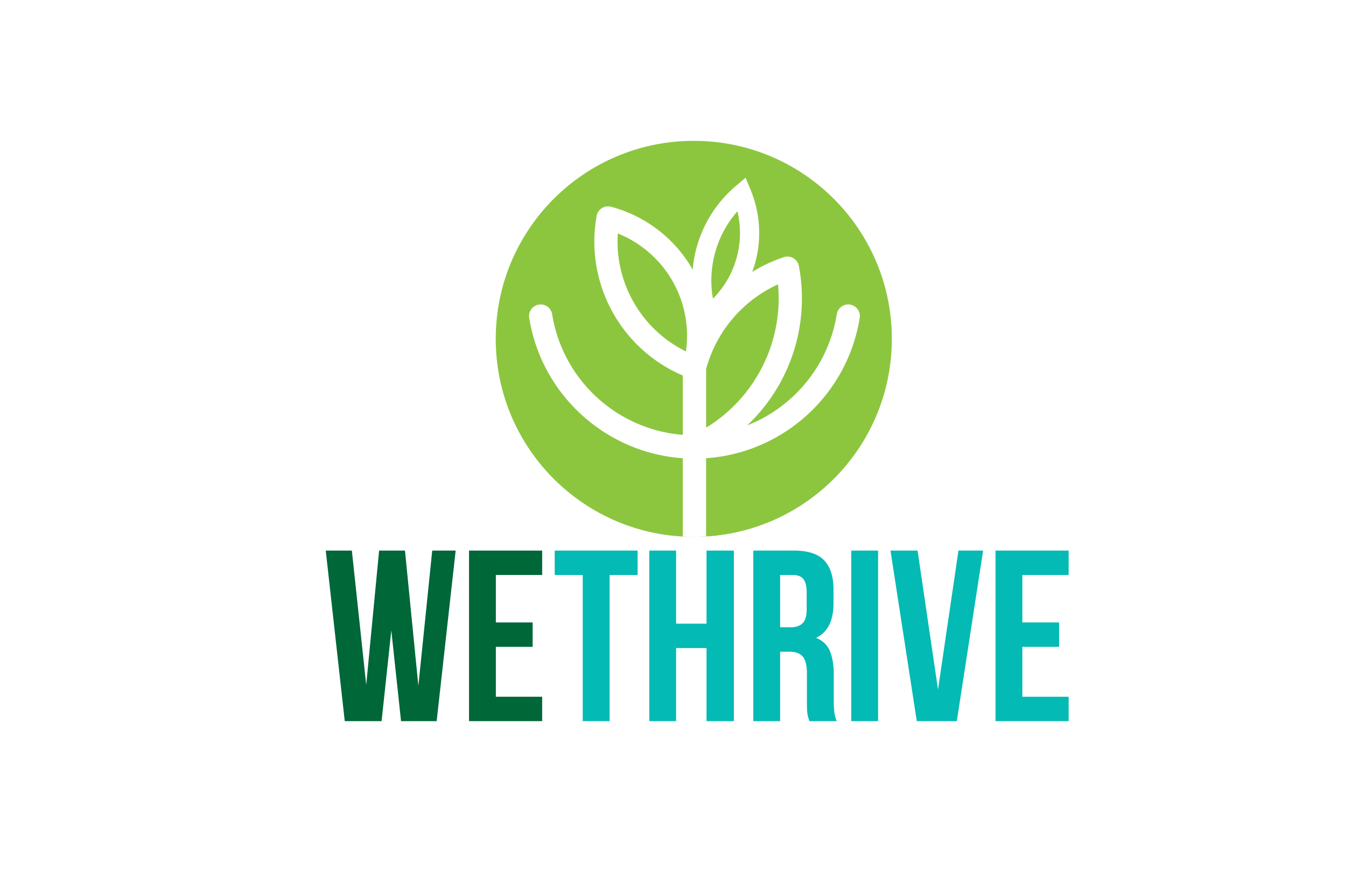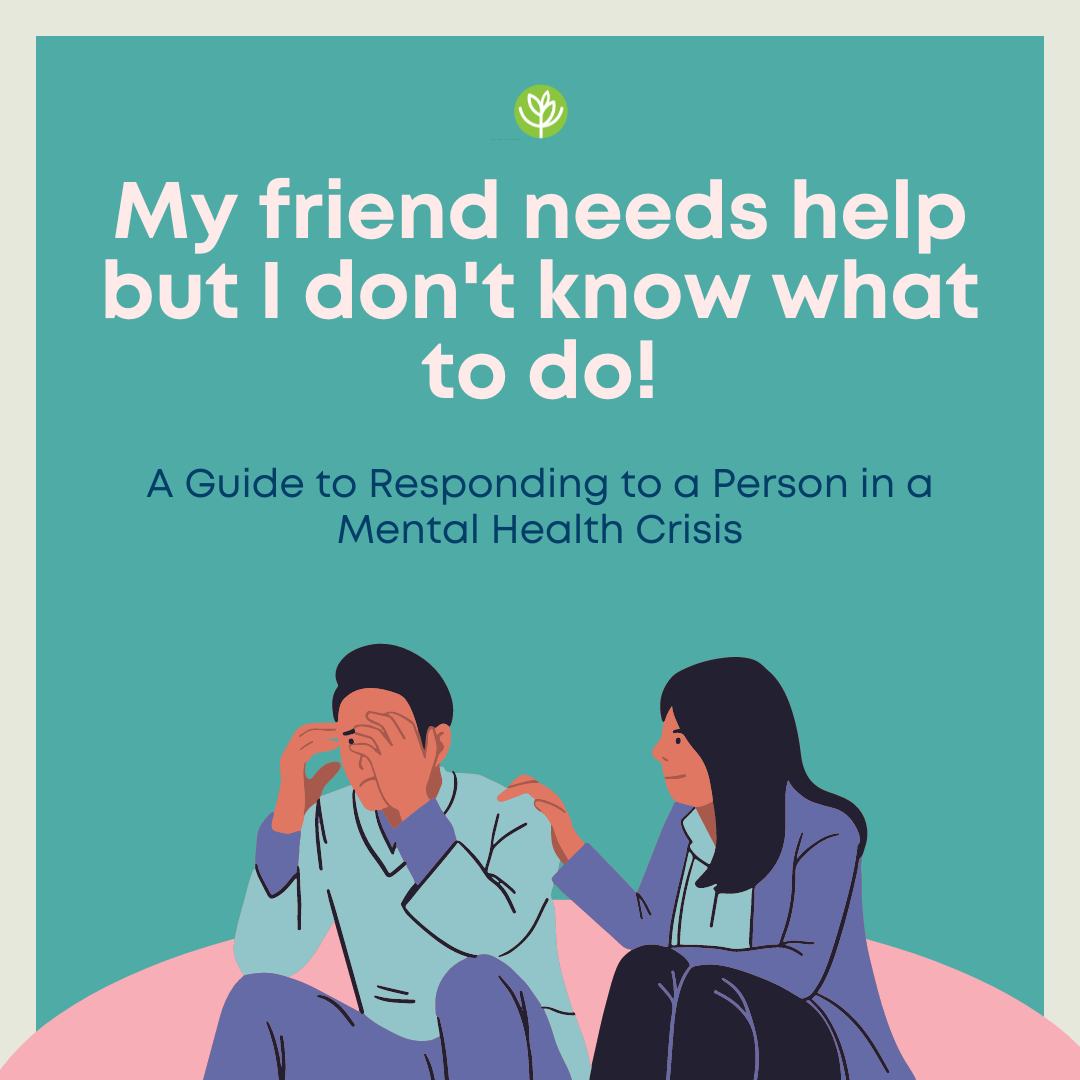Have you ever heard of the statement “That’s what friends are for”? It implies the role of a friend as someone you can count on to help you out. So when a friend reaches out and opens up about a problem, it seems natural to listen, comfort, and support them as best as you can. But there are times when you may not feel confident enough to help them. You may feel like you don’t understand the problem very well because you have not experienced it, or you have probably dealt with a similar problem before but could not understand why your friend is struggling with it. Sometimes, the idea of saying something wrong and making things worse for your friend is daunting in and of itself. Fortunately, there is one way for you to help your friend in times of mental distress.
So how can I help my friend out?
Like with medical concerns, you can provide first aid for mental health concerns.
Mental Health First Aid (MHFA) is done to help someone experiencing a mental health crisis when professional help is not yet available. ALGEE is a tool that is used to provide MHFA. It won’t teach you how to become your friend’s personal therapist, but it will help you provide them with the support they need to cope with what they are going through in that moment of crisis.
ALGEE is an acronym that stands for the following: Assess for risks of suicide or harm; Listen without judgment; Give reassurance and information; Encourage appropriate professional help; and Encourage self-help and other support strategies.
How do you use ALGEE?
ALGEE can be done in any order, depending on what you think your friend needs at the moment. Below is an overview of how you can approach and what you can expect to happen in each step.
1. ASSESS for risk of suicide and harm
This step involves observing for any signs that would tell that a person is in distress. Such signs can be a sudden change in behavior or an unusual reaction to a particular topic or situation. You should also be alert to mentions or jokes of your friend contemplating suicide, as well as self-harm behaviors such as cutting, engaging in excessive substance use (such as alcohol, cigarettes, or drugs), or doing risky activities that can harm them physically.
If you find out that your friend is actively hurting themself or has plans to commit suicide, then it is important to persuade them to get help as soon as possible.
2. LISTEN without judgment
People who are in distress want to be heard. That’s why it is important to give them the opportunity to say what they want to say uninterrupted. Keep an open mind about what they are saying, even when you do not agree with them. Avoid making speculations or giving advice, unless your friend specifically asks for your opinion on the matter.
Show that you are actively listening by keeping an open and receptive body posture (that is, arms and legs uncrossed and palms resting comfortably on the lap or desk) and maintaining eye contact. You can also make appropriate verbal responses to show that you understand and follow what they are saying. Responses may be in the form of reinforcements (“I see.” or “Uh-huh.”), acknowledgements (“That’s tough.” or “I can imagine how confusing it is to be in that situation.”), questions (“What did you do to cope with that situation?”), and reflections (“This is what I heard from you. Am I understanding it correctly?”). If you’re talking with your friend through text or chat, you may need to rely more on verbal responses to better understand each other.
3. GIVE reassurance and information
In an effort to cheer your friend, you may sometimes find yourself telling them that everything will be okay or that they can do things if they only believe in themselves. However, people in distress may feel so overwhelmed and hopeless that they cannot see their situation improving or believe that they can act on their problems. To give reassurance, you need to make them see the possibility. You can do this by providing evidence and information. Are there ways to deal with their problem that they may not have thought of? Have there been situations that contradict a negative thought that’s been running through their mind? Helping them find evidence that there are things that can be done is an effective way of instilling hope in them.
There may be times when your friend thinks that undesired feelings or behaviors, such as lashing out at other people or being too afraid to speak in public, are their fault. However, such feelings or behaviors may actually be symptoms of a particular mental illness or of significant distress that could lead to a mental illness if untreated. Thus, it is important to emphasize that mental illness is real and the symptoms they are experiencing can be treated with the right help.
4. ENCOURAGE appropriate professional help
The earlier your friend gets help, the more likely they can recover. Find out what kind of support your friend needs at the moment and help them find professionals, agencies, organizations, or institutions that can make things a little easier for them.
If they need psychological help, there are various mental health services and programs available. Some universities and organizations offer free therapy sessions, although they may be limited in terms of slots or the number of sessions that can be availed. For long-term and more intensive help, paid therapy sessions in clinics and hospitals may be necessary. You can check out the directory of mental health facilities in the country created by #MentalHealthPH here. Additionally, 24/7 crisis lines come in handy whenever there is a need to overcome a mental crisis or to prevent a suicide attempt. A list of these hotlines can be found here. Regardless of whether payment is involved, simply being able to attend therapy is already a huge step towards healing.
5. ENCOURAGE self-help and other support strategies
Mental health services aren’t always available, and this can be a problem when your friend experiences a panic attack or suddenly feels overwhelmed by suicidal thoughts. Knowing how to deal with these emergencies helps them develop the skills to cope with crises on their own. Coping strategies such as breathing, grounding, and self-soothing techniques are useful during panic attacks. Utilizing tools for mindfulness and emotion regulation also helps practice control and lessen chaotic situations caused by outbursts. Exercising, spending time with friends and families, and engaging in hobbies and other recreational activities can help improve one’s quality of life. For some mindfulness breathing exercises, you can check out Circle of Hope’s Hingalangin videos on their Facebook page.
To see a demonstration of ALGEE, you can watch this roleplay video on YouTube.
Are there things I should consider when using ALGEE?
As a mental health first aid tool, the main purpose of ALGEE is not to diagnose your friend or solve their problem, but to help determine their needs and provide appropriate support. While your closeness can help your friend be more comfortable opening up to you, it is important to always be objective, express empathy, and abide by the principle of “Do no harm.”
Here are ways that you can do this.
- Keep what is said confidential, unless help from other people is necessary.
It takes courage for a person to open up about their struggles. Some people refuse to share what they are going through for fear of exposing themselves to the wrong people. Reaching out to you means that they trust you to keep what they have said only to yourself. Before going through ALGEE, it is best to set up a time and a place to talk to your friend privately. This will give your friend a chance to be vulnerable in a safe space. However, keep in mind that if there is a high risk that your friend would commit suicide, ensuring their safety by asking for help from other people and authorities is necessary.
- Do not force your friend to share their problems with you.
Sometimes, people are just not ready to talk about their problems. If your friend outright tells you that they do not want to talk, do not force them to. Instead, encourage them to talk to someone that they trust or assure them that you are available to listen to them whenever they are ready. You can also simply ask them what they need at the moment. Show them that there is someone who is willing to listen and help, and they have the option to choose who or when they seek help.
- Refrain from invalidating them or trivializing what your friend is going through.
Some people keep their worries to themselves because they believe that no one would hear them out or make the effort to understand them. When your friend opens up to you, listen well and try to see the situation from their perspective. If there are things they said that you do not agree with, do not reject or dismiss what they are feeling or thinking about. If you think that their problems are too simple, remember that every person is affected by situations differently. What may be easy for you may be too much for them. Likewise, if you have experienced a similar problem and have resolved it successfully, take note that what may have worked for you may not work for them. Thus, when providing help and support, consider their strengths and weaknesses.
- Give your friend the control that they need through options.
One of the reasons why people usually feel distressed is because they feel that they cannot control their situation. Thus, if solutions are imposed on them, the feeling of having a lack of control will increase. If you have a solution in mind, ask first if they are open to hear advice. If they are, assure them that your advice is simply a suggestion and is open to modifications until they find one that they are comfortable with.
- Improvise, adapt, and overcome.
There are times when it can’t be helped to expect something from your friend or from the situation. However, it is important to be open to the possibility that things may not go your way. Something may keep your friend from getting help despite your agreement or keep the situation from improving as you both hope. Identify the challenges, seek alternatives, and try again. And remember, it’s okay to make mistakes!
- Watch out and prepare yourself for compassion fatigue.
While being there for a friend during their toughest times is admirable, there are times when their problems, emotions, and negative thoughts can get to you too. When you feel overwhelmed with helping your friend or are starting to feel affected by what they’re going through, you may be experiencing compassion fatigue. It is important to be mindful of the symptoms of compassion fatigue and to prepare yourself to prevent it or address it when it comes. Remember to take a break if you have to and to take care of yourself first every once in a while. It’s also important to not be too hard on yourself if things don’t go as well as you hope. If your friend deserves compassion, then don’t you deserve some as well? You can practice some self-compassion exercises to help you combat compassion fatigue.
Using ALGEE is a great way to create a mental checklist of what you can do to help out a friend during a mental crisis. However, this does not mean that you have to strictly abide by it or be overly concerned if you skip a step. The most important thing about helping a friend is being there for them and showing them that you care.
References:
Altta Wellbeing. (2019, September 30). ALGEE – 5 letters, 1 life saved every time. https://wellbeing.altta.co.uk/algee/
Jorm, A. (2016). Key Elements of Mental Health First Aid. Alan J Fisher Centre for Public Mental Health. http://cpmh.org.za/wmhd/wp-content/uploads/2016/08/Key-Elements.pdf
Martinelli, K. (2023, February 20). How to Support a Friend With Mental Health Challenges. Child Mind Institute. https://childmind.org/article/support-friend-with-mental-health-challenges/
Mental Health Foundation. (n.d.). How to support someone with a mental health problem. https://www.mentalhealth.org.uk/explore-mental-health/articles/how-support-someone-mental-health-problem
Thurrott, S. (2021, June 11). Watch for These Key Warning Signs of Compassion Fatigue. Banner Health. https://www.bannerhealth.com/healthcareblog/teach-me/watch-for-these-key-warning-signs-of-compassion-fatigue


